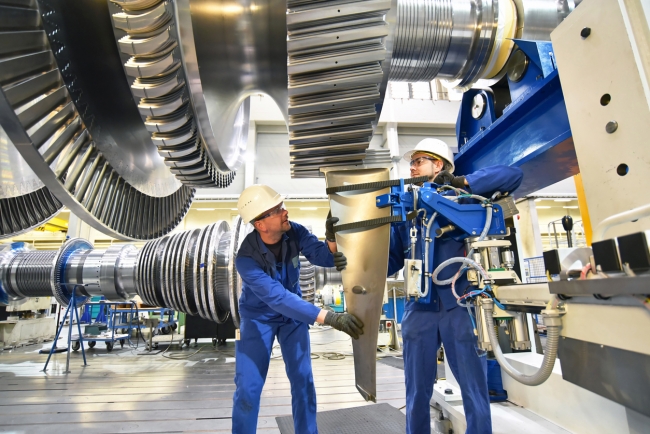2 minute read • published in partnership with Haines Watts
How R&D tax relief could revolutionise your business
Many UK manufacturers wrongly believe that Research & Development Tax Credit (R&D) is only available to companies in the science or technology sectors.
They are labouring under the misapprehension that this valuable tax relief is reserved for companies with labs full of scientists in white coats.
In fact, HMRC statistics show that 90% of eligible businesses fail to claim what they’re entitled to because they assume they won’t be entitled.
That is why Haines Watts is on a mission to ensure companies in the UK are maximising tax relief opportunities, by educating entrepreneurs on how they can qualify and helping them to create a robust tax claim.

HMRC statistics show that 90% of eligible businesses fail to claim what they’re entitled to because they assume they won’t be entitled / Picture: Getty/iStock
Research & Development (R&D) tax relief is a Government incentive available to UK companies to encourage investment in innovation.
Companies can claim against the cost of any qualifying research and development expenditure, lowering their taxable profits and reducing their corporation tax bill.
Plus, if the business is not yet making a profit, they may receive a welcome refund which can improve their cash-flow and enable them to invest in their operations.
And the beauty is that R&D tax relief is open to a huge range of industries, as long as they can demonstrate efforts to make improvements to products, services or processes, increase efficiency, advance technology or bring new products to market.
Manufacturing and engineering are in a particularly strong position to benefit from R&D – especially if they’ve recently introduced new or improved products or processes.
For example, if they’re designing new equipment, building and testing prototypes, introducing a new IT infrastructure, computer-aided design tools or streamlining manufacturing processes through automation – they may be eligible for a claim.
Manufacturers could claim for automating workshop orders to improve stock control and minimise human error, or for implementing a new quality control system.
Or perhaps you have been developing new ways to optimise production line processes or are adapting an existing product for a new overseas market?
These efforts don’t even need to have been successful! You can actually claim for failed attempts to improve products or processes.
Whatever you have been doing, it is worth having a conversation with an R&D tax specialist to see if you’re eligible to claim.

Manufacturing and engineering are in a particularly strong position to benefit from R&D – especially if they’ve recently introduced new or improved products or processes / Picture: Getty/iStock
Haines Watts’ R&D team has worked with a diverse range of clients – from pig farmers, second-hand car dealers and waste disposal start-ups to air conditioning companies, solicitors, and even a laundry service – to help them reclaim millions of pounds from HMRC.
With a 100% success record in claiming R&D tax credits, this Top 15 firm has identified over £90m of qualifying R&D expenditure in the past two years – saving companies £21m in tax.
The good news is R&D claims can be made retrospectively. You can file a retrospective claim for any R&D activity carried out in the last two years.
With thousands of pounds waiting to be claimed, this could make a real difference to your business, opening up lucrative cash streams and enabling you to re-invest, maximise growth and realise your long-term business development plan sooner than you think.
